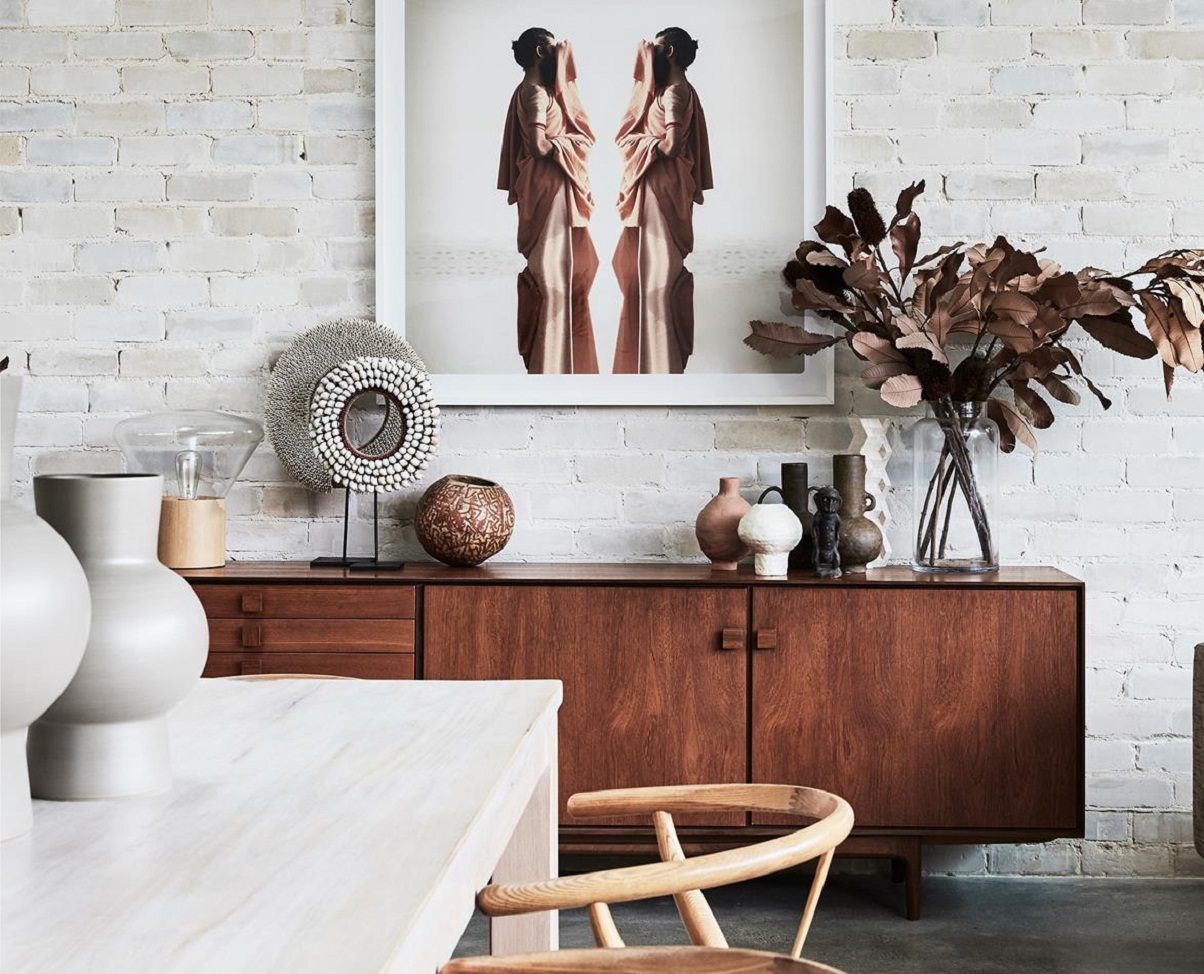

Articles
How To Decorate Sideboard
Modified: October 20, 2024
Want to know how to decorate your sideboard? Check out our expert tips for stylish home maintenance and create a stunning focal point in your space today!
(Many of the links in this article redirect to a specific reviewed product. Your purchase of these products through affiliate links helps to generate commission for Storables.com, at no extra cost. Learn more)
Introduction
When it comes to home decor, sideboards are versatile pieces of furniture that not only provide functional storage but also offer an opportunity to display your personal style and creativity. Whether you have a sideboard in your dining room, living room, hallway, or bedroom, decorating it thoughtfully can elevate the overall aesthetic of your space.
In this article, we will guide you through the process of decorating your sideboard to transform it into a visually pleasing focal point. From choosing the right decorative items to arranging them in an appealing way, we’ll share practical tips and creative ideas to help you make the most of your sideboard decor.
So, let’s dive in and discover the secrets to decorating your sideboard in a way that reflects your personality and enhances your home’s ambiance.
Key Takeaways:
- Transform your sideboard into a visually appealing focal point by setting a theme, choosing the right decorative items, and arranging them in varying heights for a balanced and harmonious display.
- Infuse your sideboard decor with personal touches, sentimental items, and a focal point to create a unique and meaningful arrangement that reflects your style and personality.
Read more: How To Decorate Dining Room Sideboard
Step 1: Set a Theme for Your Sideboard
Before you start decorating your sideboard, it’s important to establish a cohesive theme or style that will guide your choices. A theme will provide a sense of unity and harmony to your display, ensuring that the items you choose work well together visually.
Consider the overall style of your home and the room in which the sideboard is placed. Do you prefer a rustic farmhouse look, a modern and sleek aesthetic, a bohemian vibe, or a glamorous and sophisticated theme? Let your personal taste and the existing decor in the room guide you in selecting a theme.
Once you have chosen a theme, it will be easier to make decisions about the color palette, materials, and types of decorative items to include on your sideboard. For example, if you’re going for a coastal theme, you might incorporate items such as seashells, driftwood, and a color scheme of blues and whites.
Remember that the theme doesn’t have to be rigid. Feel free to mix and match elements to add interest and depth to your display. Just ensure that there is a sense of cohesion and consistency throughout.
By setting a theme for your sideboard, you will create a curated and visually appealing arrangement that complements the overall design of your home.
Step 2: Choose the Right Decorative Items
Once you have determined the theme for your sideboard, it’s time to select the decorative items that will bring your vision to life. Choosing the right items will not only enhance the overall aesthetic but also allow you to showcase your individuality and interests.
Start by considering the size and proportions of your sideboard. You don’t want the items to overwhelm the space or appear cluttered. Opt for a mix of different-sized items that will fill the surface without overcrowding it.
When selecting decorative pieces, take into account the color scheme and materials that align with your chosen theme. This could include vases, candles, artwork, decorative bowls, plants, books, or statement objects. Aim for a balance of textures and finishes to create visual interest.
Additionally, think about the function of your sideboard. If you’re using it in a dining room, you could incorporate items related to entertaining, such as wine glasses or a serving tray. In a living room, you might include items that reflect your hobbies or travel experiences.
Don’t be afraid to mix and match different styles and elements. Eclectic combinations can add character and charm to your sideboard. Consider using a combination of vintage pieces, handmade objects, and contemporary accents to create a unique and personalized display.
Lastly, be mindful of the number of items you choose. It’s better to have a well-curated collection of a few striking pieces rather than an overcrowded assortment. This will allow each item to stand out and make an impact.
Remember, the key is to choose decorative items that speak to you and reflect your style, creating a visually appealing and meaningful display on your sideboard.
Step 3: Arrange Items in Varying Heights
Once you have selected the decorative items for your sideboard, it’s time to arrange them in a visually pleasing manner. One important aspect to consider when arranging your items is the height variation.
Arranging items at different heights adds visual interest and creates depth to your display. It prevents the arrangement from looking flat and allows each piece to be showcased individually.
To achieve height variation, start by placing taller items towards the back of the sideboard. This could be a tall vase, a piece of artwork, or a decorative lamp. These taller items anchor the display and provide a backdrop for the rest of the arrangement.
In front of the taller objects, position medium-sized items such as candles, smaller vases, or decorative figurines. These items should be lower in height but still add interest and fill the space.
Finally, in the front row, place shorter objects such as small trinkets, decorative bowls, or plants. These items add visual appeal to the foreground and help create a sense of balance and harmony.
Remember to leave some negative space between the items to prevent the arrangement from feeling cluttered. Negative space adds a sense of calm and allows the eye to rest and appreciate each item.
It’s worth experimenting with the placement of items until you achieve the desired balance and harmony. A well-arranged display with varying heights will draw attention and make your sideboard decor more visually engaging.
Step 4: Create Visual Balance with Symmetry or Asymmetry
When it comes to arranging your sideboard decor, you have the option to create visual balance through either symmetry or asymmetry. Both approaches can be used effectively to achieve an aesthetically pleasing arrangement.
If you prefer a more classic and formal look, you can opt for symmetry. Symmetrical arrangements involve placing identical or similar items on either side of the sideboard, creating a mirror-like effect. This can be especially effective when using pairs of lamps, candle holders, or decorative objects.
To create a symmetrical display, start by dividing your sideboard visually into two halves. Place identical items in a balanced manner on each side, ensuring that they correspond in terms of size, shape, and height. This creates a sense of order and harmony.
If you prefer a more casual and eclectic style, you can embrace asymmetry. Asymmetrical arrangements involve using a mix of different-sized items, textures, and colors to create a visually interesting display. It allows for more flexibility and creativity.
To create an asymmetrical display, focus on achieving balance through visual weight rather than mirrored placement. Place larger or visually heavier items towards one side and balance them out with smaller or lighter items on the other side. Play with different heights and textures to create a dynamic and visually pleasing arrangement.
Whichever approach you choose, the key is to create a sense of visual balance within the overall composition. This will ensure that your sideboard decor appears intentional and pleasing to the eye.
Remember, you can always experiment and make adjustments until you achieve the desired visual balance. Trust your instincts and let your creativity shine through!
When decorating a sideboard, use a mix of functional and decorative items such as trays, vases, and artwork to create visual interest. Add varying heights and textures for a balanced look.
Read more: What Is A Sideboard Furniture
Step 5: Add a Focal Point or Statement Piece
To make your sideboard truly stand out and capture attention, consider adding a focal point or a statement piece to your arrangement. This item will serve as a centerpiece and become the star of your display.
The focal point or statement piece can be anything that grabs attention and reflects your personal style. It could be a large piece of artwork, an oversized mirror, a striking sculpture, or a unique piece of furniture. Choose something that speaks to you and adds a wow factor to your sideboard.
When selecting a focal point, consider the scale and proportion of your sideboard. Ensure that the size of the item is appropriate and doesn’t overwhelm the space. It should be large enough to make a statement but not so big that it overshadows the rest of the decorative items.
Place the focal point in a prominent position on your sideboard, ideally in the center or slightly off-center. This will draw the eye and create a focal point around which the rest of the items can be arranged.
When arranging the other items, make sure they complement and enhance the focal point rather than compete with it. Select objects that are cohesive in style, color, or theme, and arrange them around the focal point in a way that highlights its uniqueness.
Remember, the focal point should serve as a visual anchor and create a sense of drama and interest. It should instantly capture attention and make a statement about your style and personality.
Don’t be afraid to think outside the box and get creative with your choice of focal point. It’s an opportunity to showcase your individuality and make your sideboard a true conversation piece in your home.
Step 6: Include Personal Touches and Sentimental Items
When decorating your sideboard, don’t forget to infuse it with your own personal touches and sentimental items. These cherished belongings will add a unique and heartfelt element to your display.
Consider incorporating items that hold sentimental value, such as family heirlooms, travel souvenirs, or gifts from loved ones. These items not only add a personal touch but also serve as conversation starters and reminders of special moments in your life.
You can display framed photos of loved ones, showcase a collection of treasures from your travels, or arrange sentimental items in a shadow box. This allows you to incorporate meaningful objects that bring joy and evoke memories.
In addition to sentimental items, consider adding elements that reflect your interests and hobbies. For example, if you’re a book lover, you can display a stack of your favorite reads or incorporate a bookend. If you have a passion for gardening, include a small potted plant or a vase with fresh flowers.
By incorporating personal touches and sentimental items, you infuse your sideboard decor with your own unique story. It adds depth and authenticity to your display, making it truly meaningful and reflective of who you are.
When arranging these items, think about how they can be integrated harmoniously with the rest of your decorative pieces. You can group them together or distribute them strategically throughout the display to ensure they stand out without overpowering the overall arrangement.
Remember, the goal is to create a sideboard decor that not only looks beautiful but also tells a story and brings a smile to your face each time you see it.
Step 7: Experiment with Different Layouts and Arrangements
As you reach the final step of decorating your sideboard, don’t be afraid to unleash your creativity and experiment with different layouts and arrangements. The beauty of decorating is that there are endless possibilities, and you have the freedom to explore various options.
Start by stepping back and taking a fresh look at your sideboard. Assess the current arrangement and consider if any adjustments or changes are needed. Take note of any areas that feel unbalanced or cluttered.
Next, begin by rearranging the items on your sideboard. Try different placements, rotations, and configurations to discover new arrangements that enhance the visual appeal of your display.
Consider the flow and balance of the arrangement. Are there any areas that need more or less visual weight? Are there any gaps or spaces that need to be filled? Play around with different groupings, spacing, and layering to achieve the desired composition.
Experiment with different heights, angles, and perspectives. Try elevating some items on small pedestals or using risers to create levels. This adds depth and dimension to your display.
You can also experiment with the positioning of the focal point or statement piece. Try placing it off-center or at different heights to create a dynamic and eye-catching arrangement.
Don’t be discouraged if your first attempt doesn’t yield the desired results. Decorating is a process of trial and error. Take your time and enjoy the process of exploring different layouts and arrangements until you find the one that resonates with you.
Remember, there are no right or wrong answers when it comes to decorating your sideboard. It’s all about finding what brings you joy and reflects your personal style.
Once you’re satisfied with the final arrangement, step back and admire your creative masterpiece. Your sideboard is now a beautiful expression of your style and personality.
Conclusion
Decorating your sideboard is not only a practical way to add storage and functionality to your space, but also an opportunity to showcase your personal style and creativity. By following the steps outlined in this guide, you can transform your sideboard into a visually appealing and curated display that enhances the overall aesthetic of your home.
Start by setting a theme for your sideboard, considering the style and existing decor in the room. This will guide your choices and ensure a cohesive look. Then, carefully choose decorative items that align with your theme, taking into account the size, color, and texture of each piece.
Arrange the items in varying heights to create visual interest and depth. Experiment with different layouts and consider whether symmetry or asymmetry works best with your chosen theme and personal style. Include a focal point or statement piece that grabs attention and showcases your individuality.
Infuse your sideboard decor with personal touches and sentimental items, creating a display that tells your unique story. And finally, don’t be afraid to experiment with different layouts and arrangements until you find the one that is visually appealing and satisfying to you.
Remember, the key to successful sideboard decoration is finding a balance between functionality and aesthetics. Your sideboard should not only be a storage solution but also a reflection of your personality and style.
So, let your creativity soar, embrace your personal style, and have fun transforming your sideboard into a stunning centerpiece that will leave a lasting impression on anyone who enters your home.
Happy decorating!
Frequently Asked Questions about How To Decorate Sideboard
Was this page helpful?
At Storables.com, we guarantee accurate and reliable information. Our content, validated by Expert Board Contributors, is crafted following stringent Editorial Policies. We're committed to providing you with well-researched, expert-backed insights for all your informational needs.
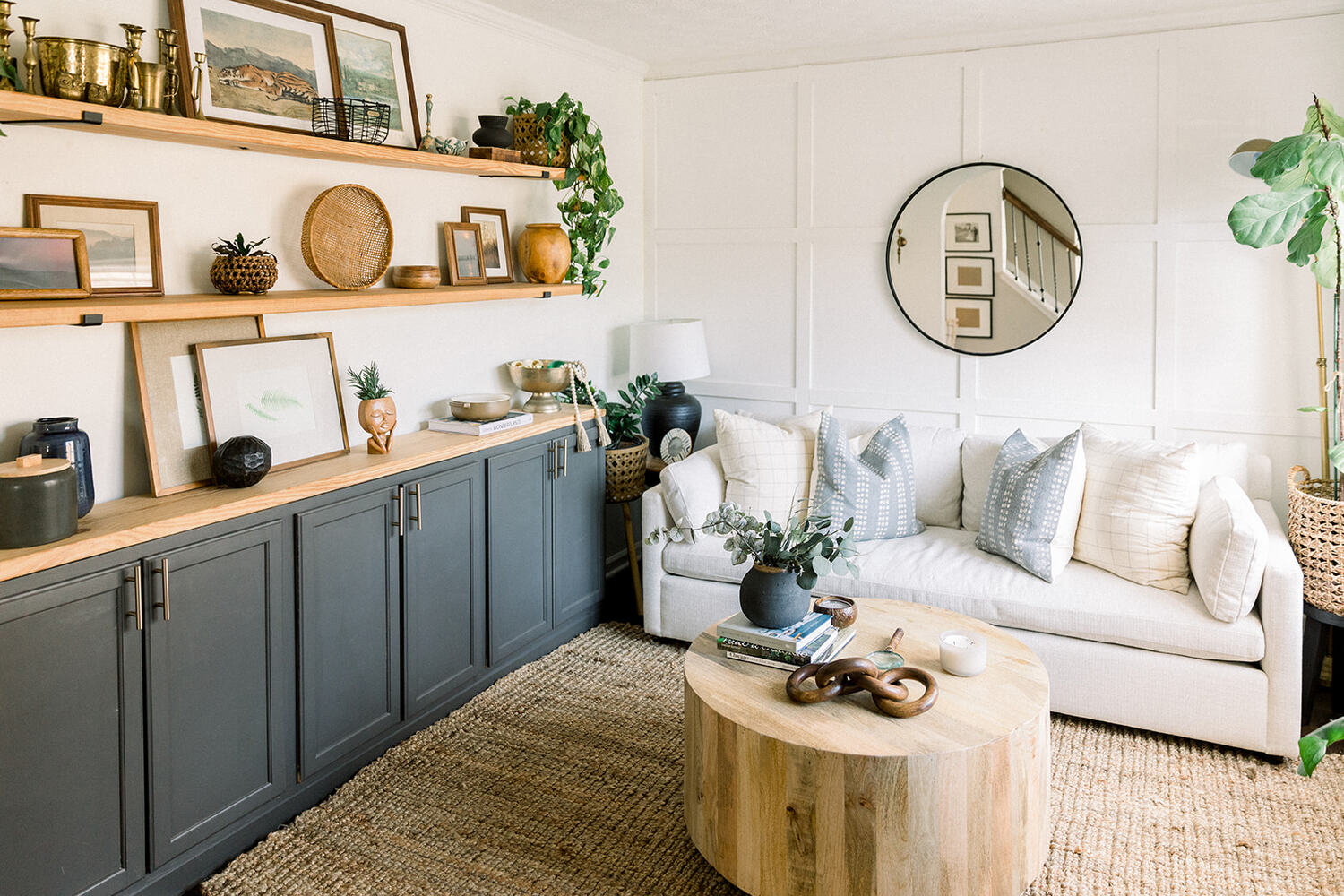
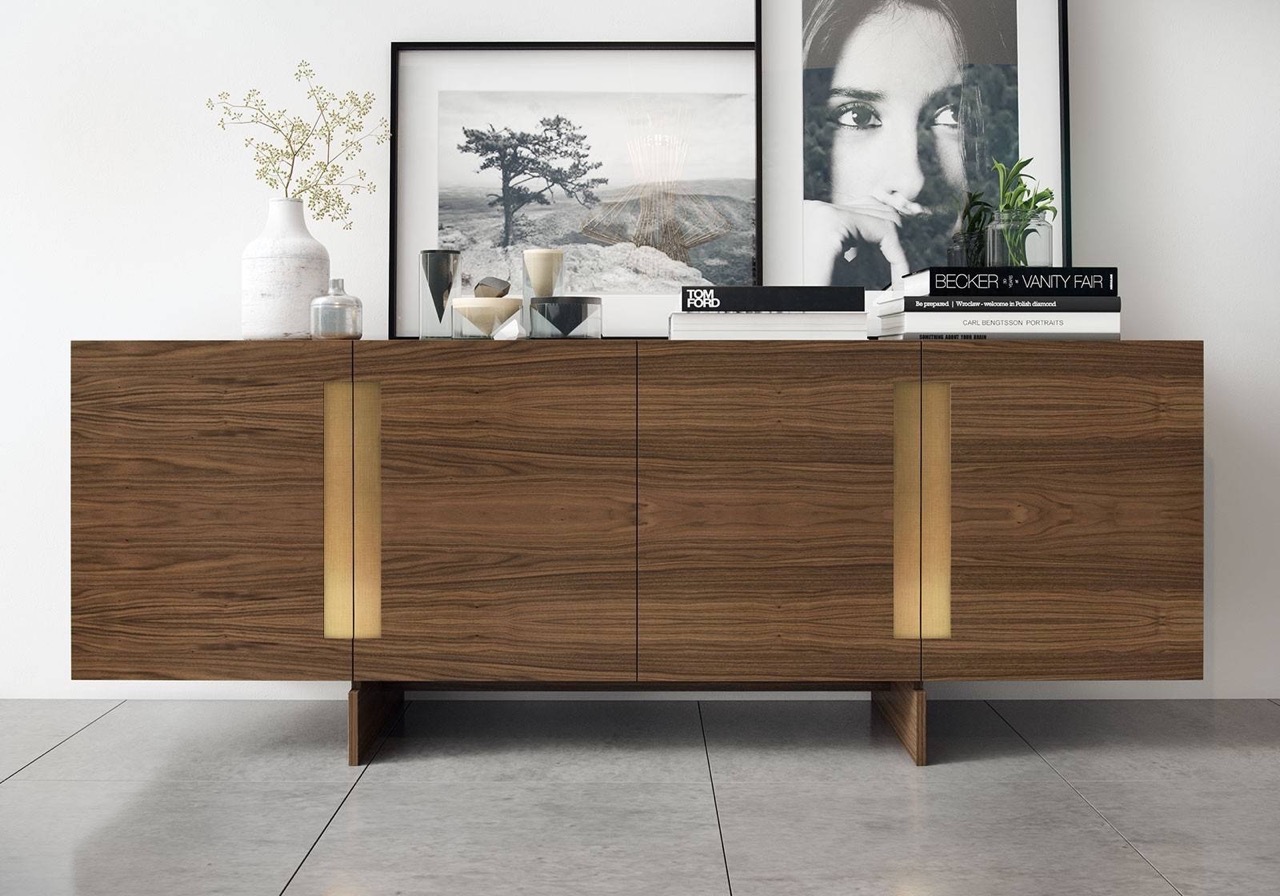
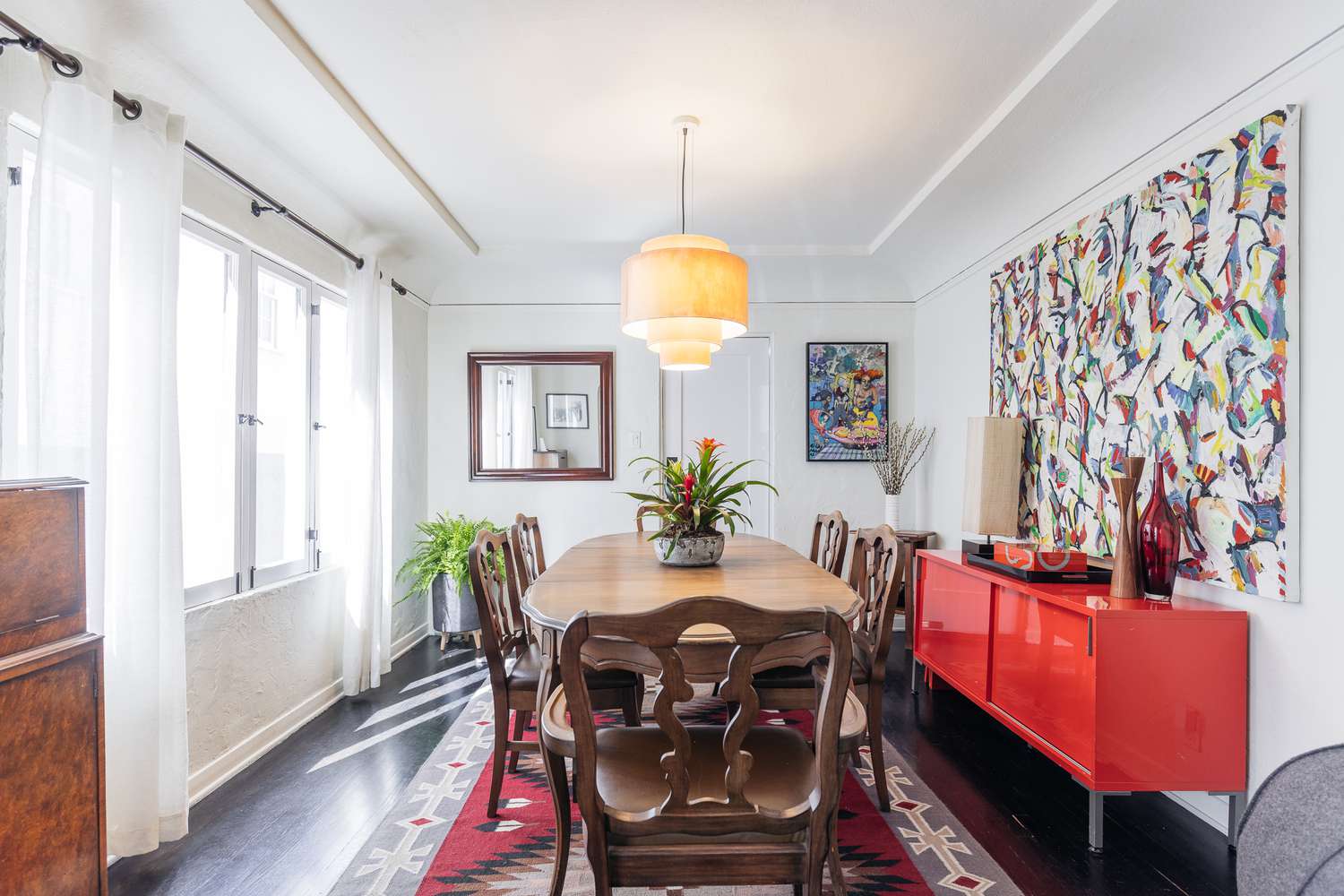
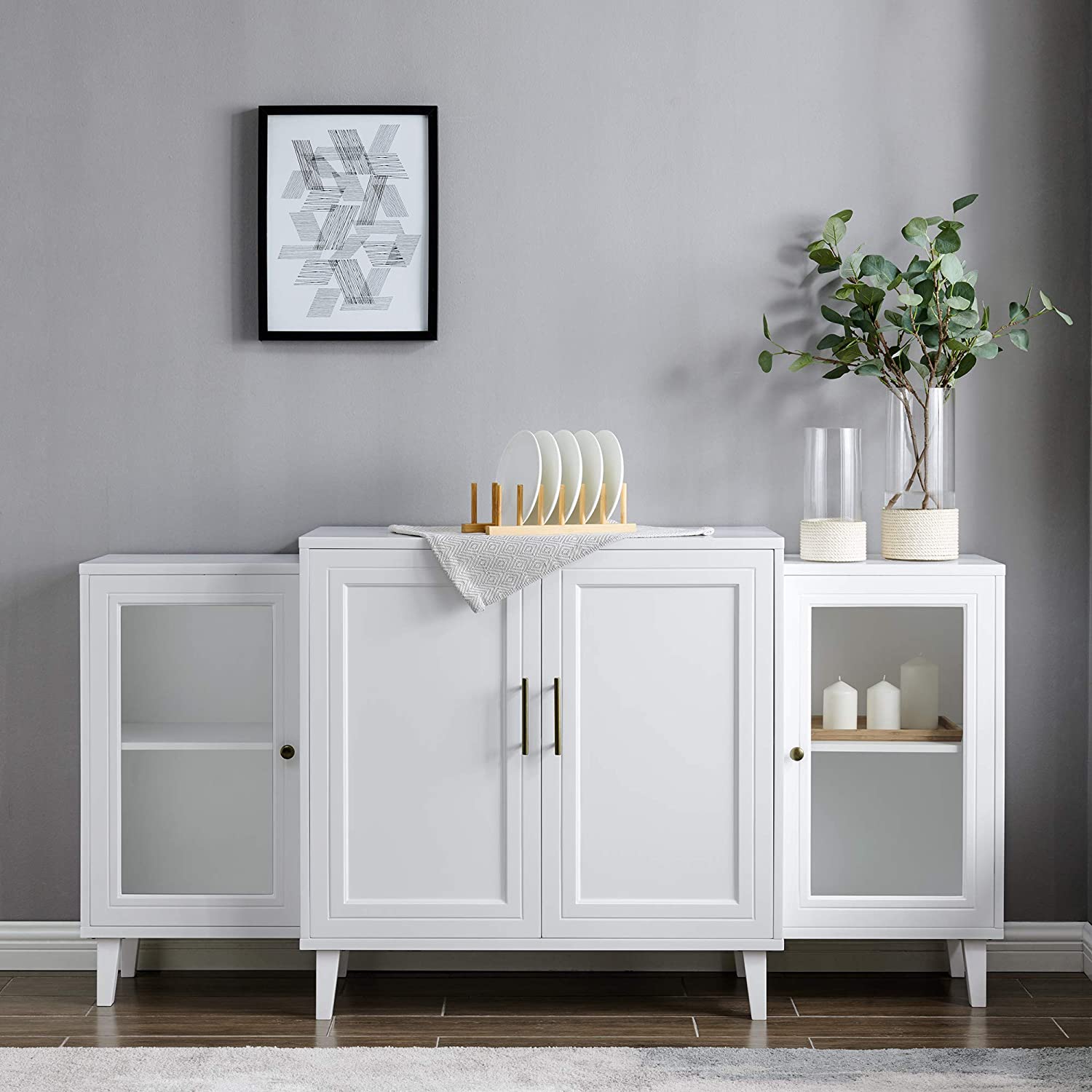
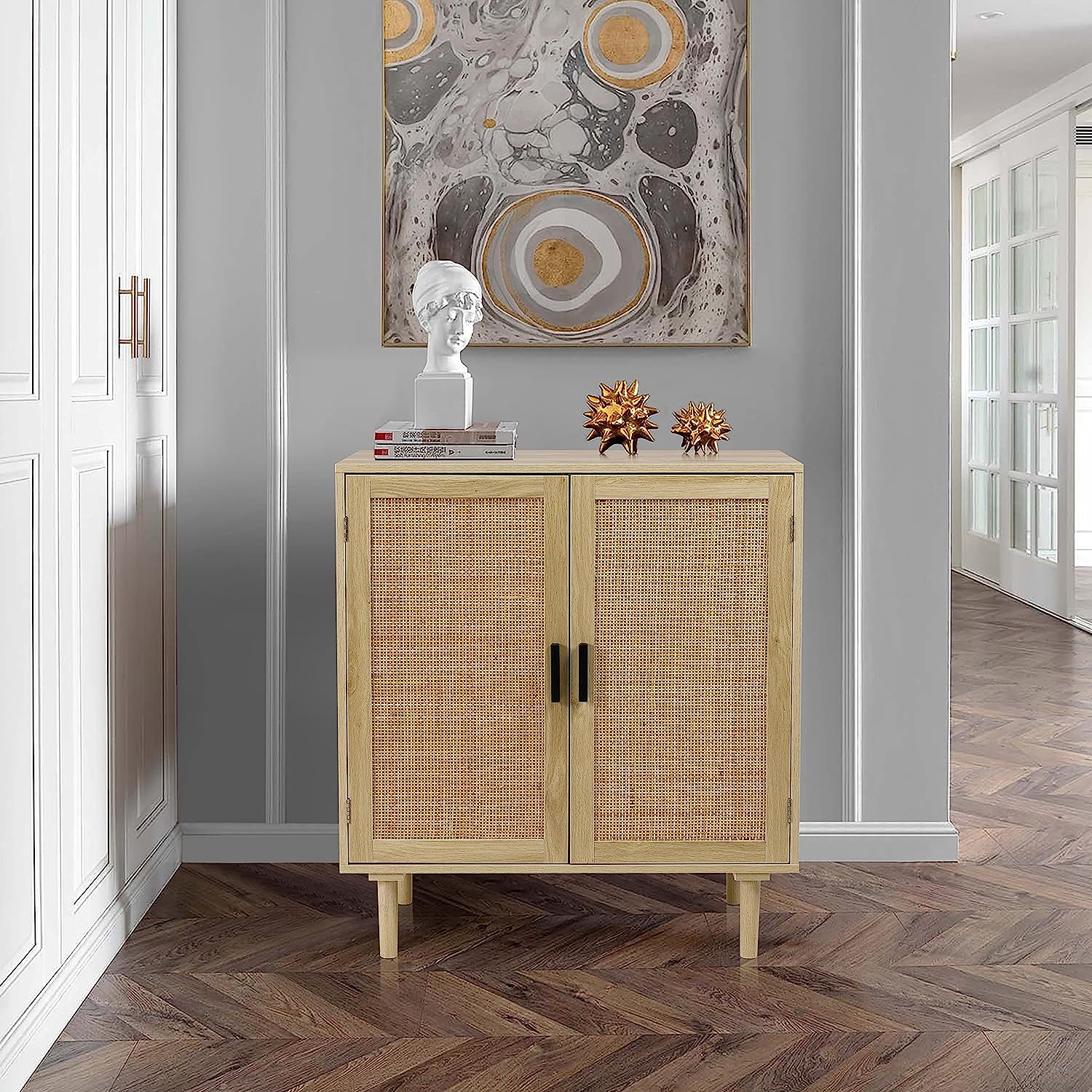
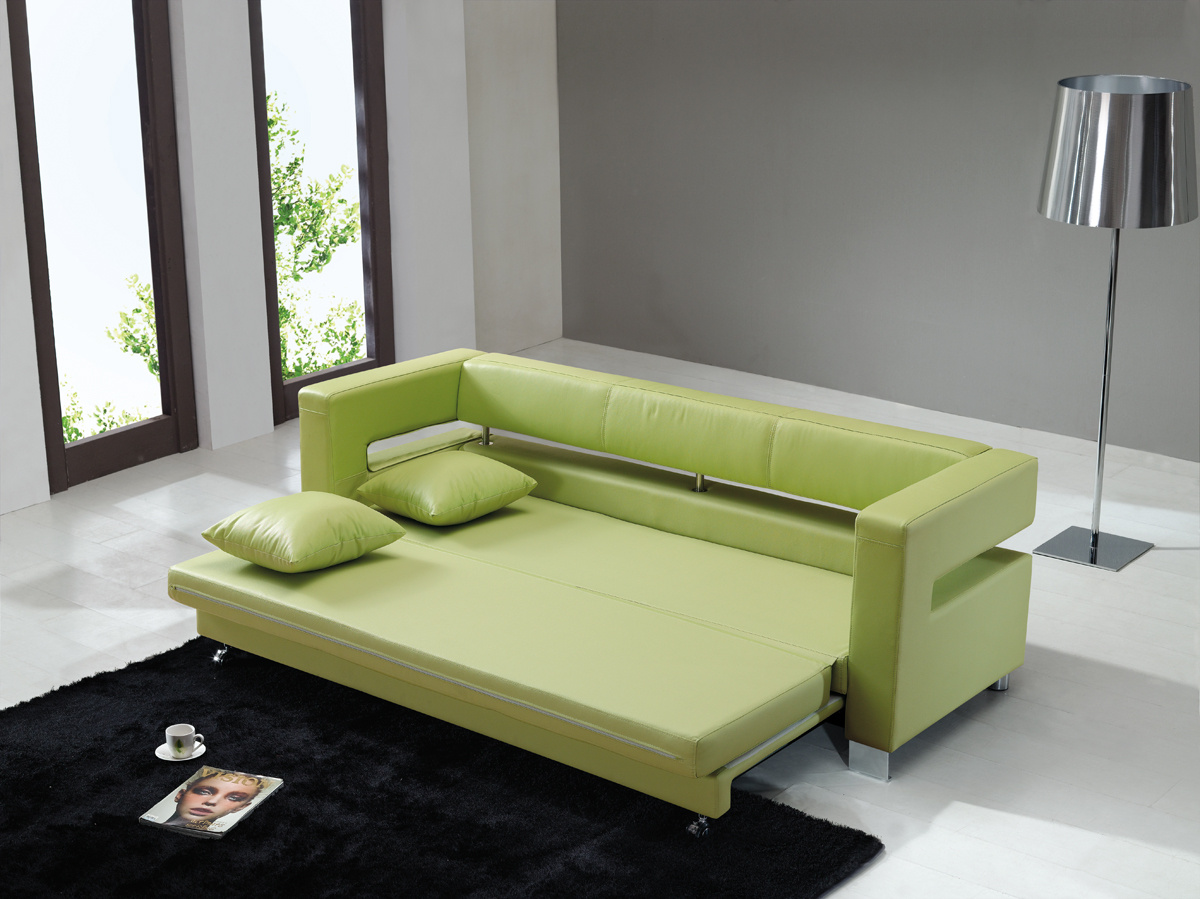
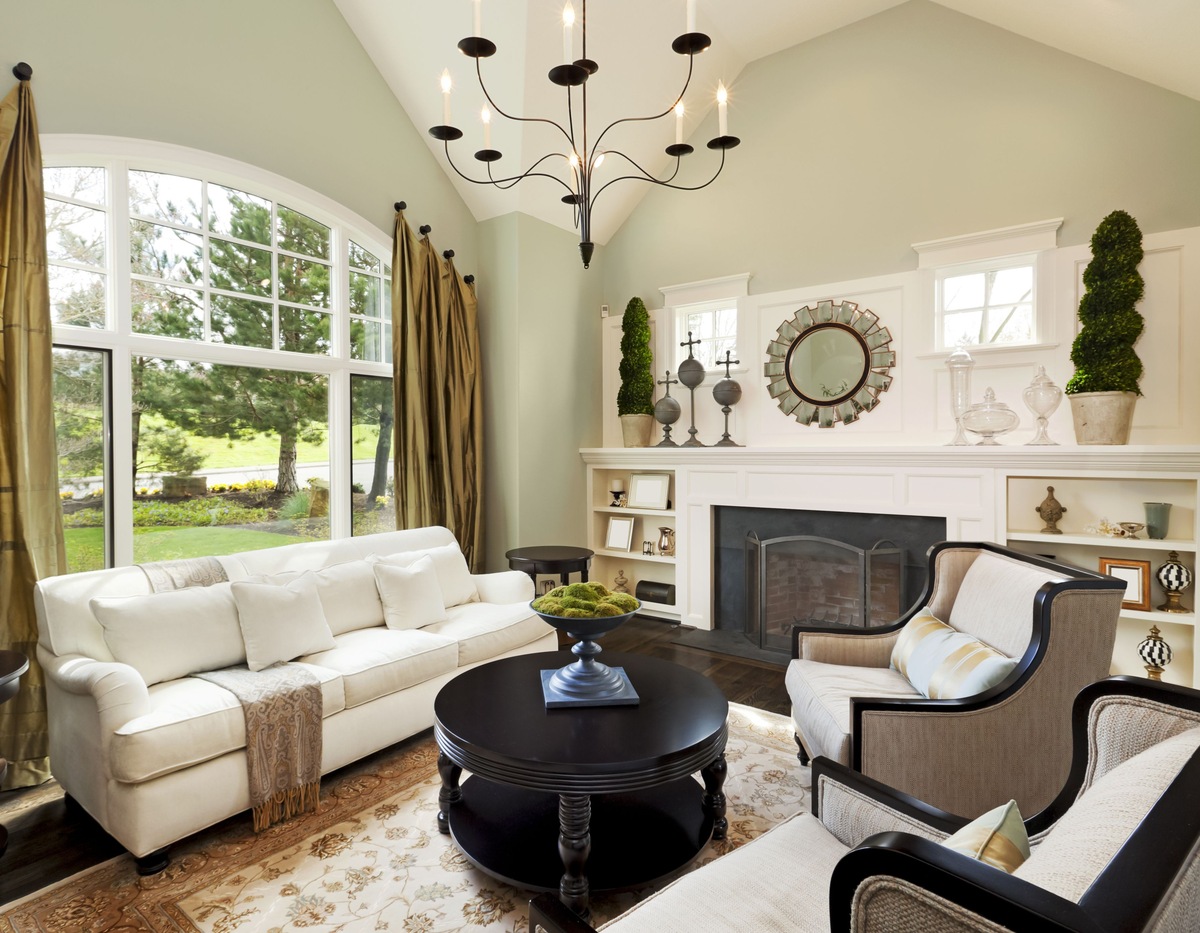
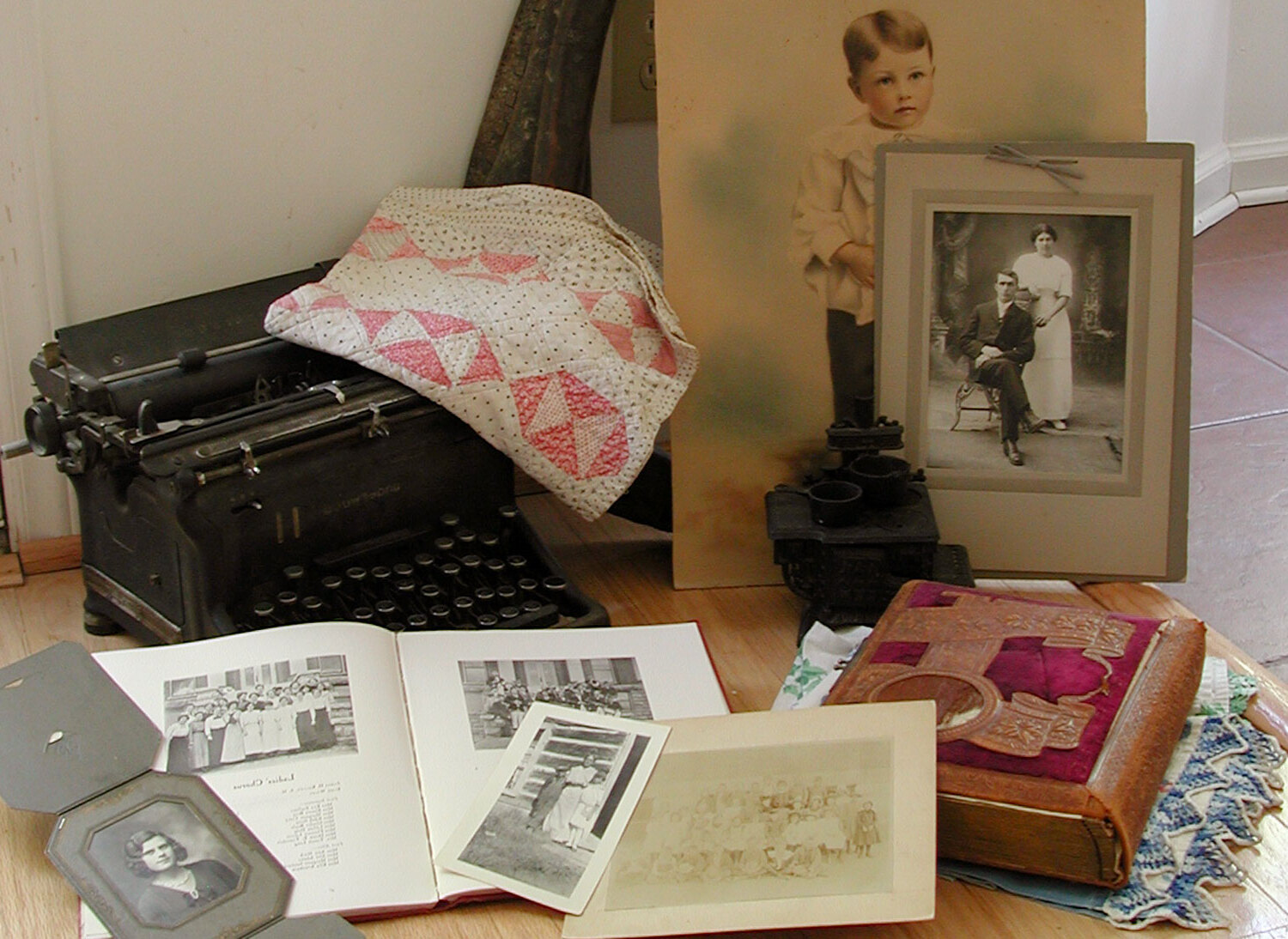
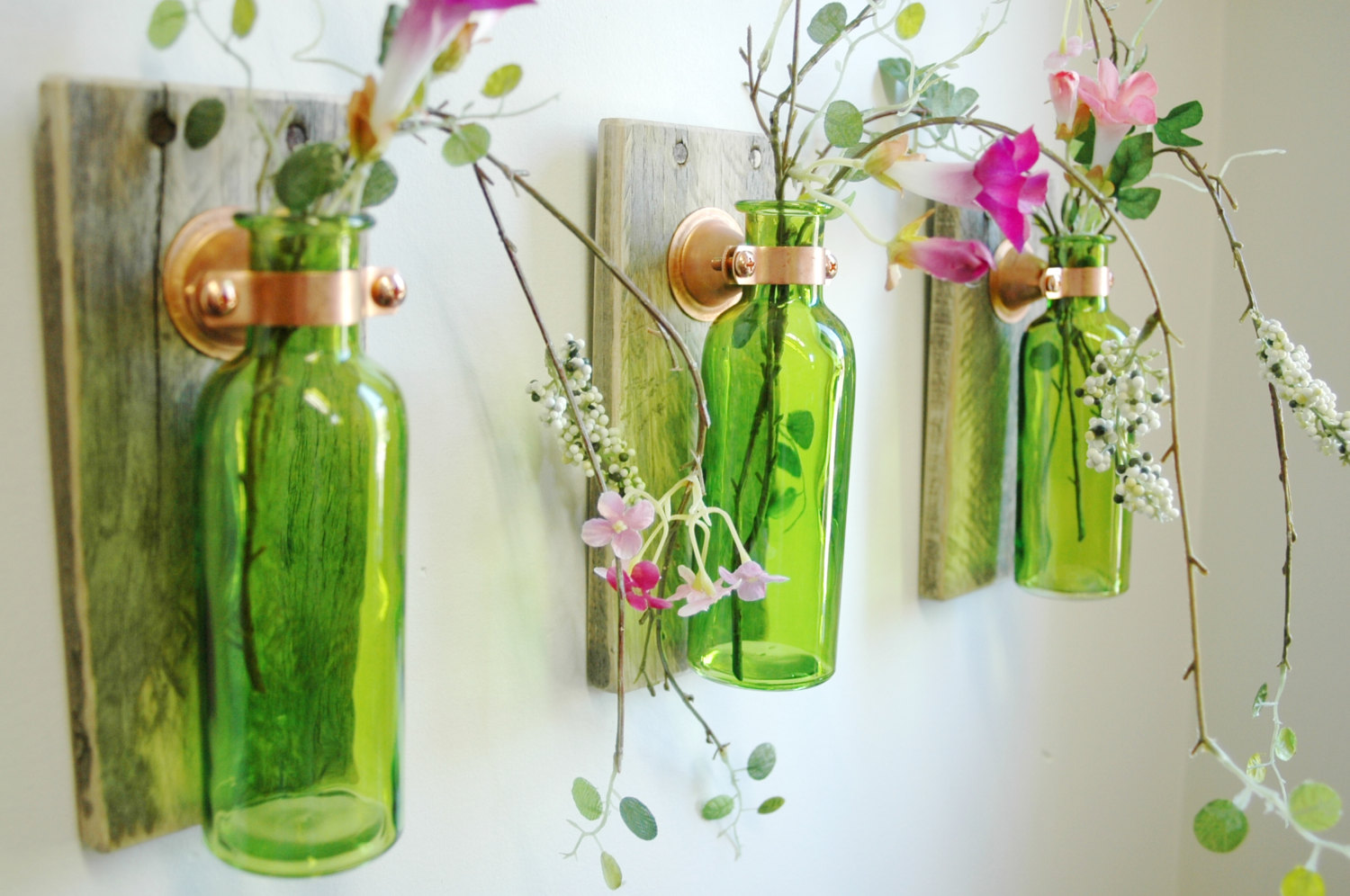
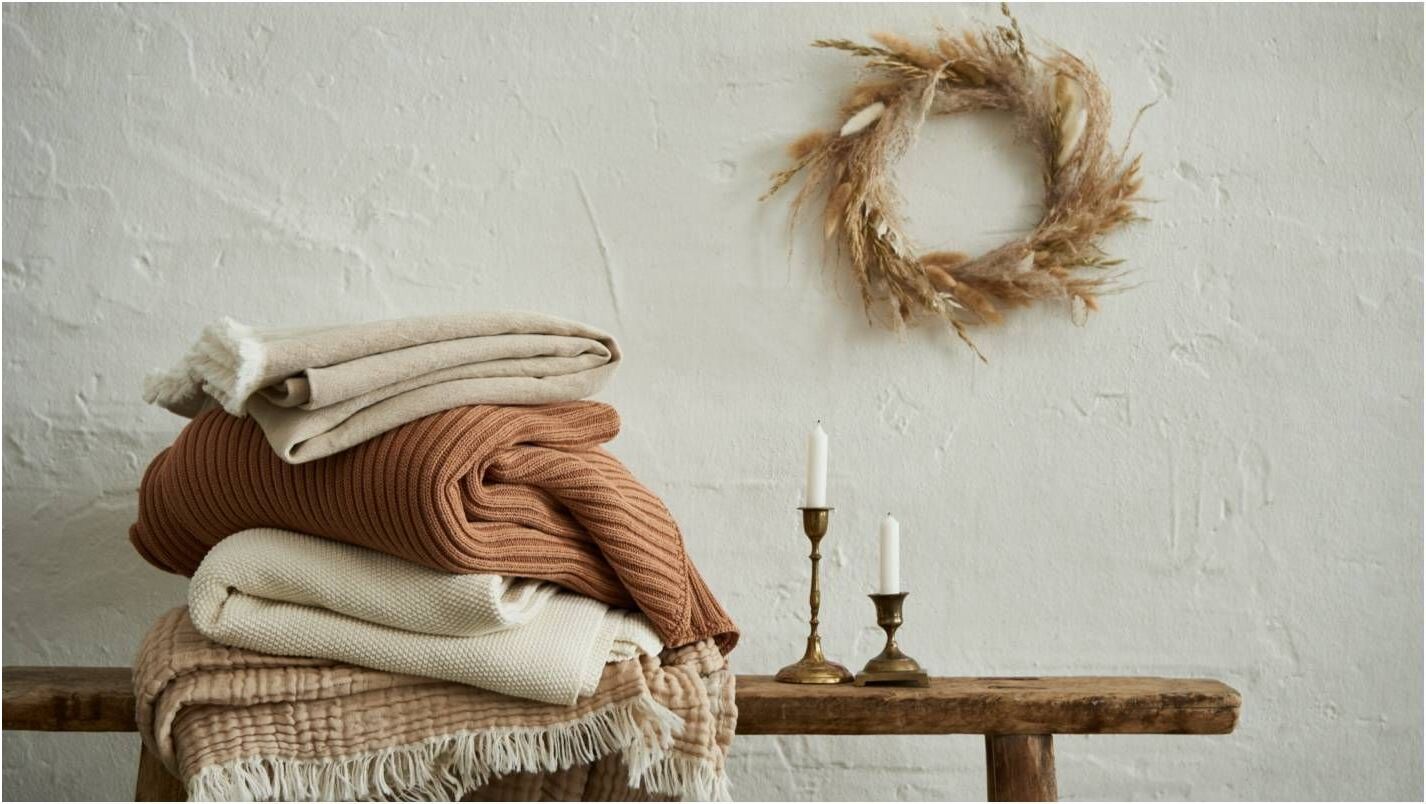
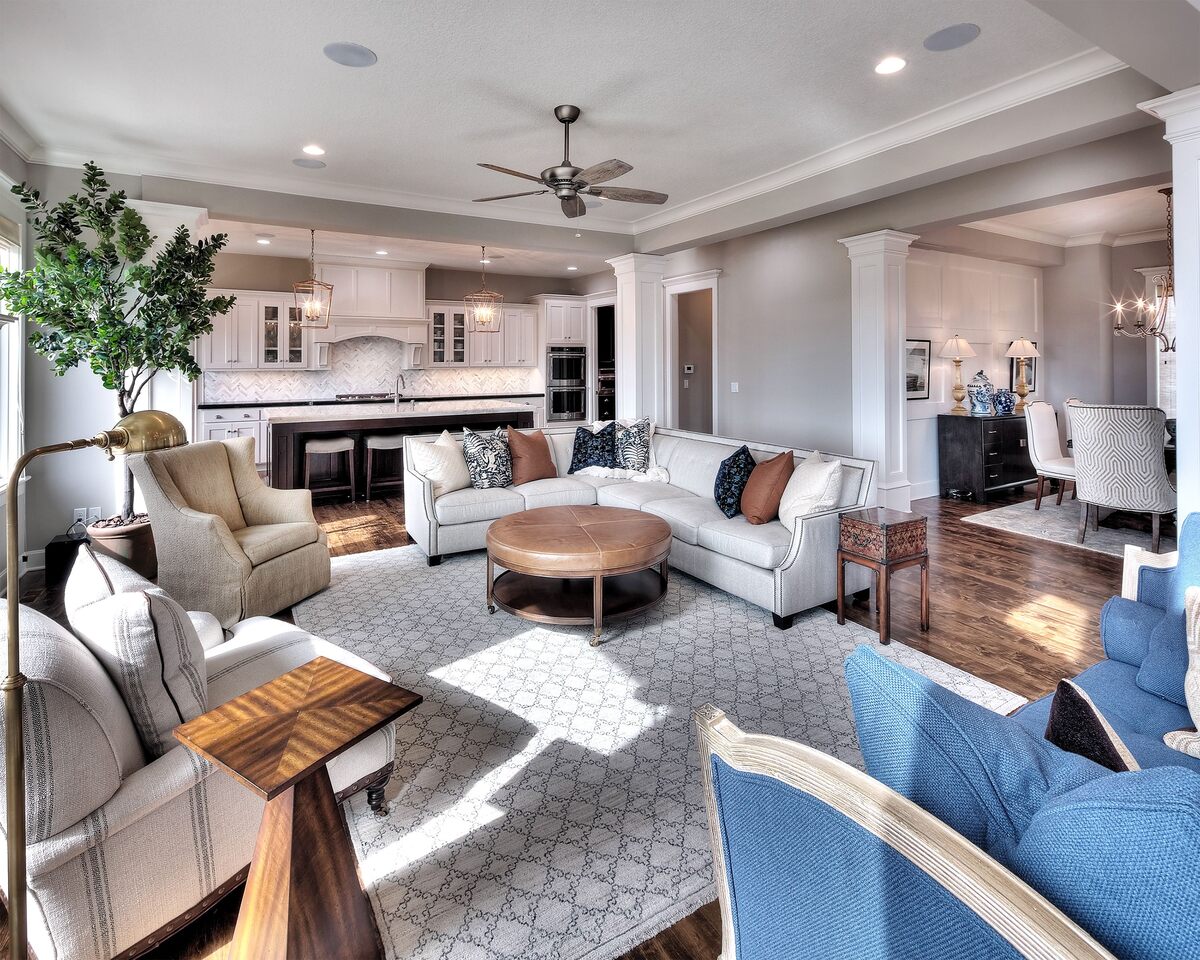

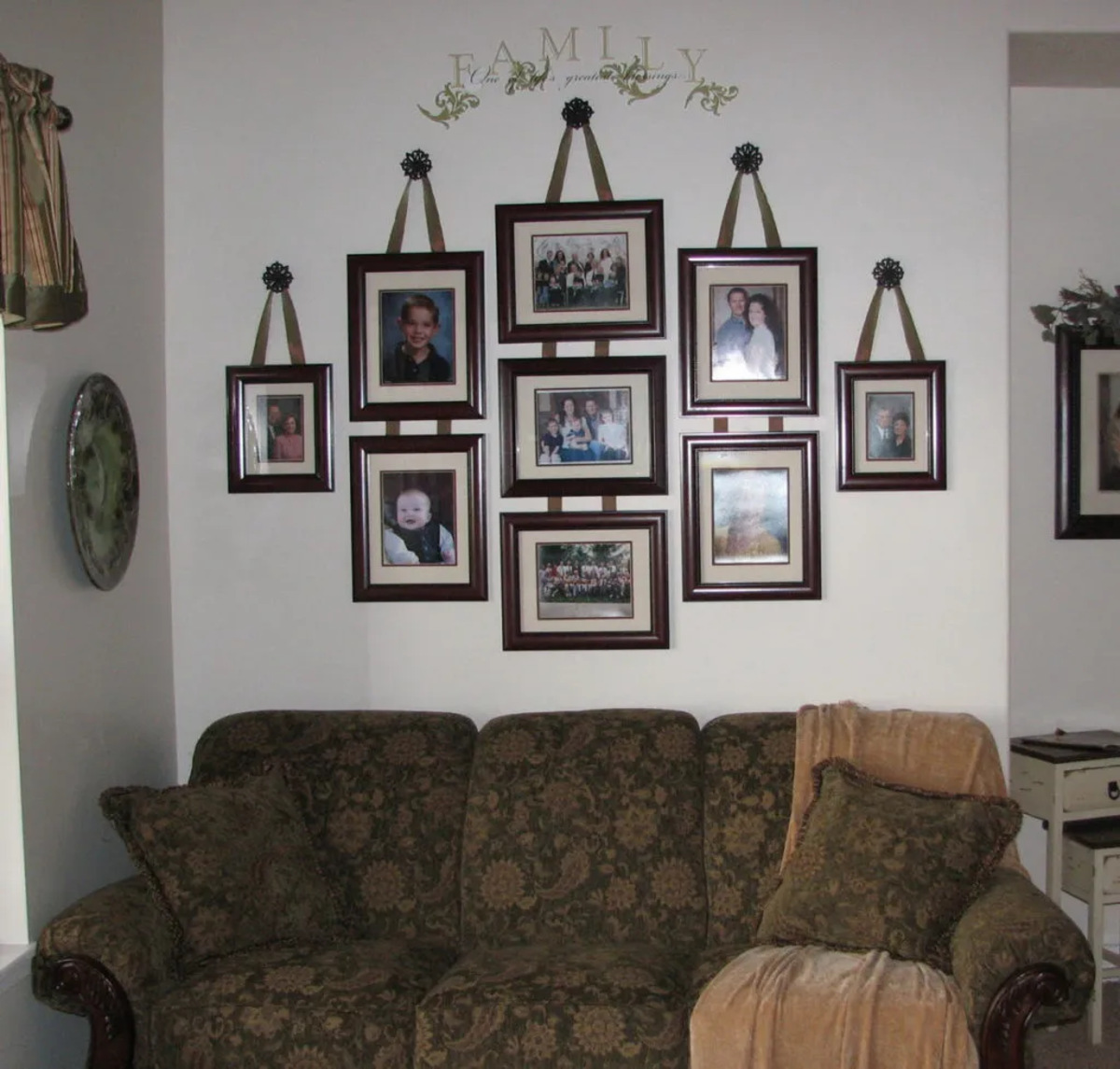
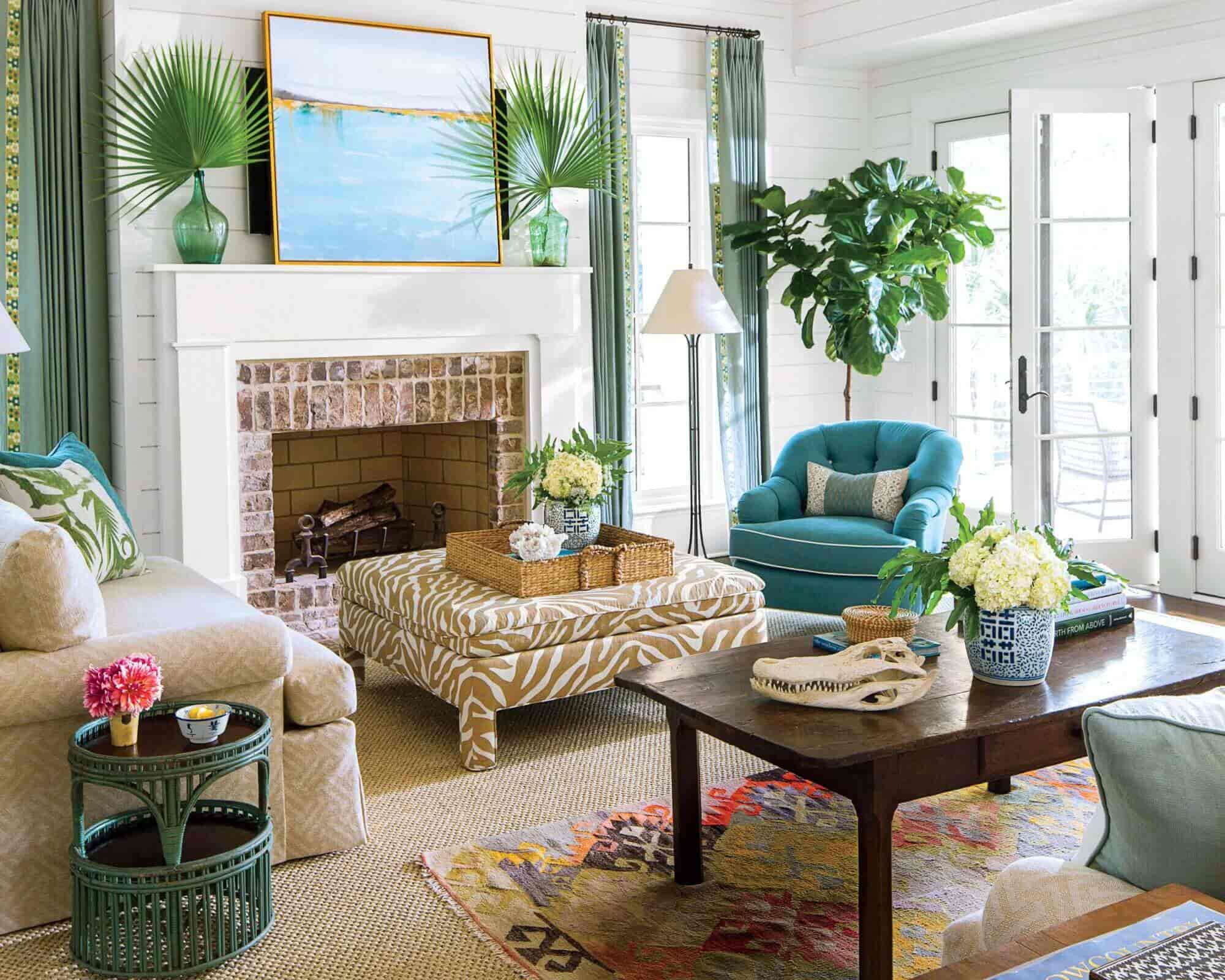

0 thoughts on “How To Decorate Sideboard”